This is part 5 in a series of posts on a prototype of the Kolari Vision thin-stack sensor modification for the Sony a7II. The series starts here.
The Leica 50mm f/1.4 Summilux-M ASPH is problematic in the corners on all stock a7x cameras, although it has great on-axis sharpness. It doesn’t work too well on the Leica M240, either. How will it do on the Kolari Vision modified a7II?
Here’s the scene with both the modified and unmodified a7II at f/5.6:
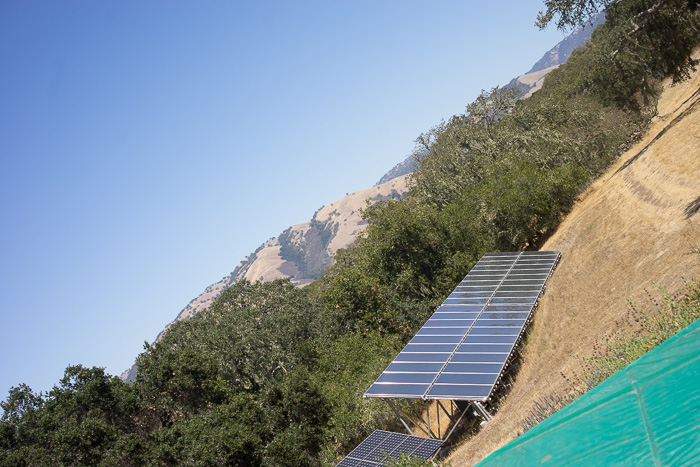
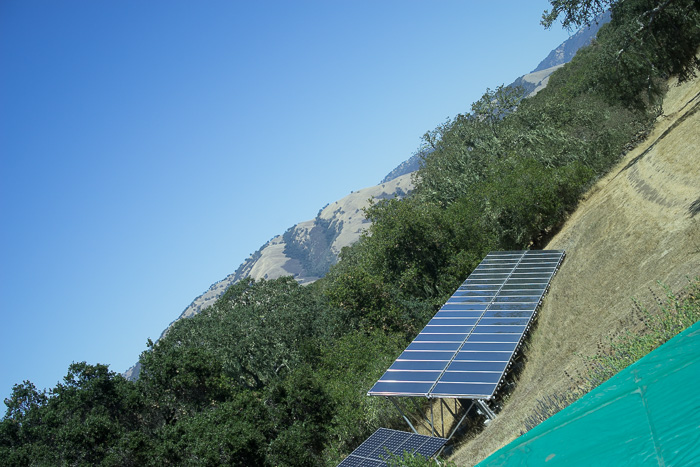
Same color shift we saw in the earlier pictures.
In the lower left corner, at all whole apertures, enlarged 3:1, processed in Lightroom with daylight white balance and otherwise default settings:
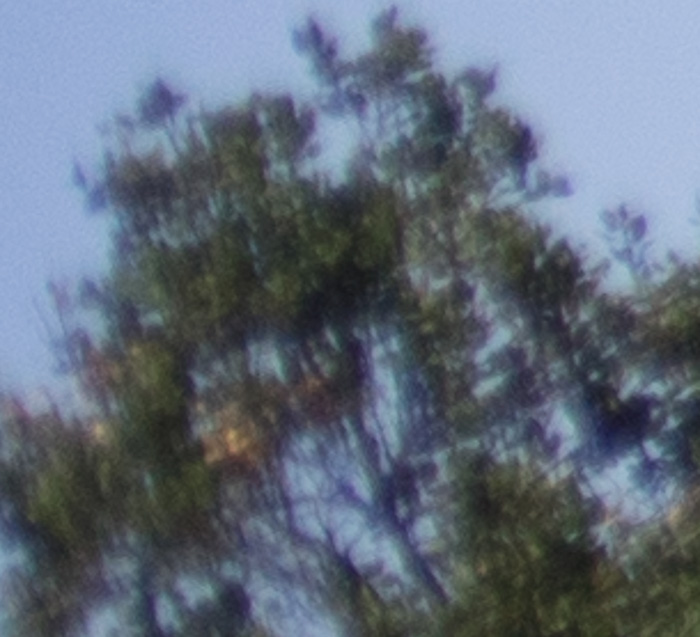

Both are pretty awful.
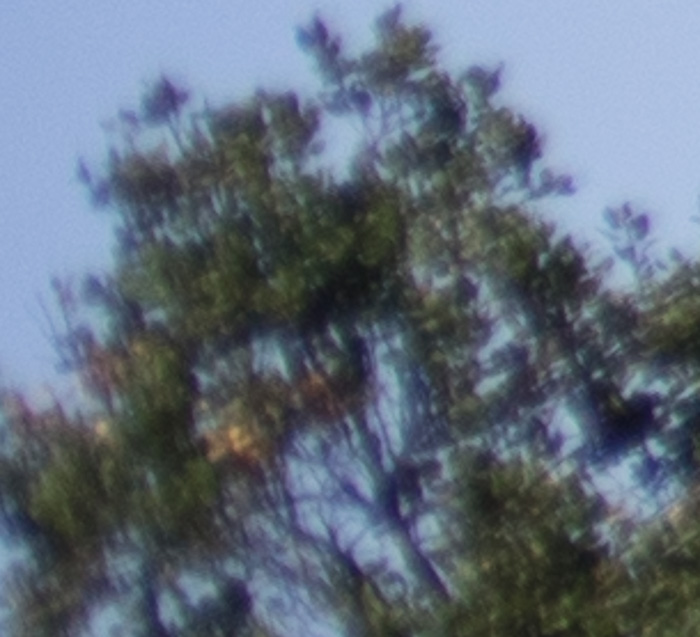
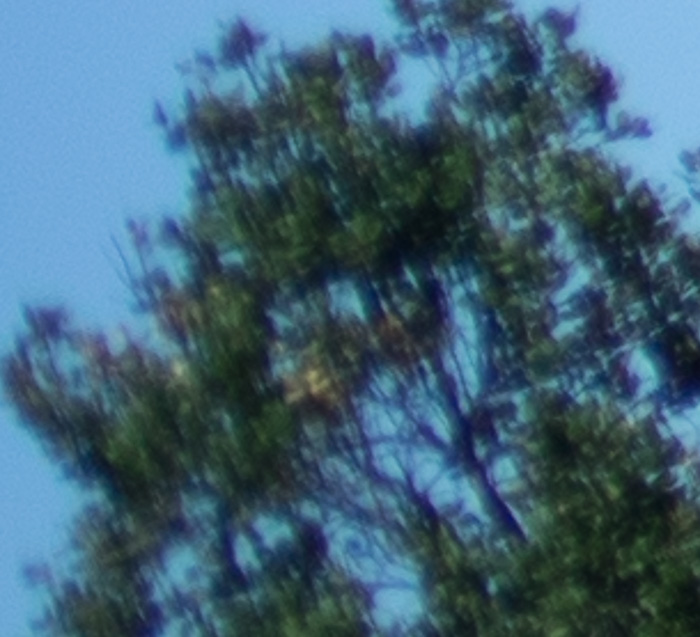
Better, but still bad.
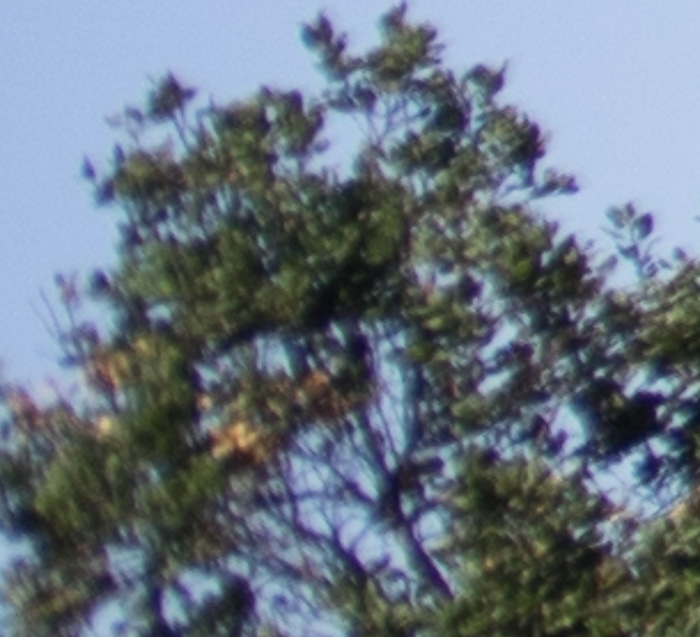
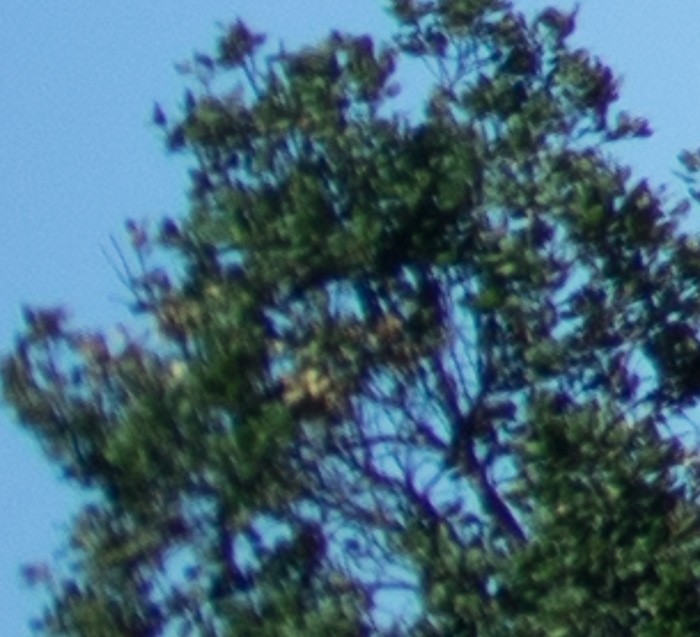
The Kolari is looking better than the stock camera.
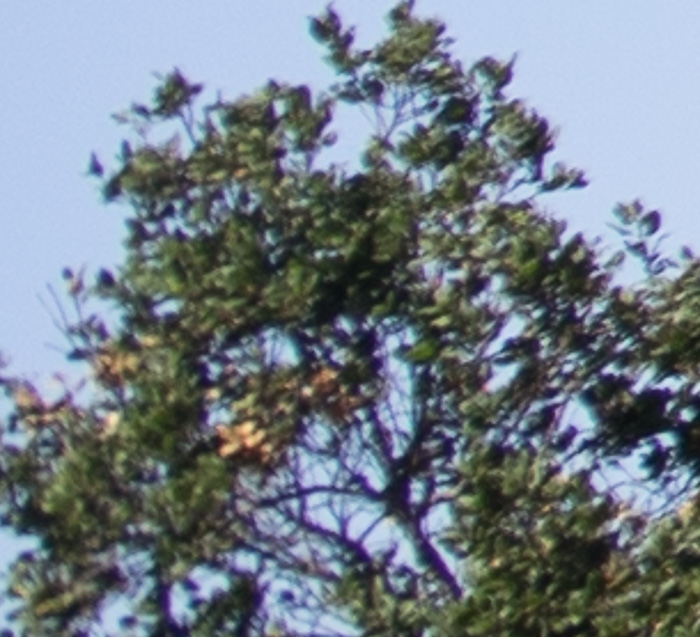
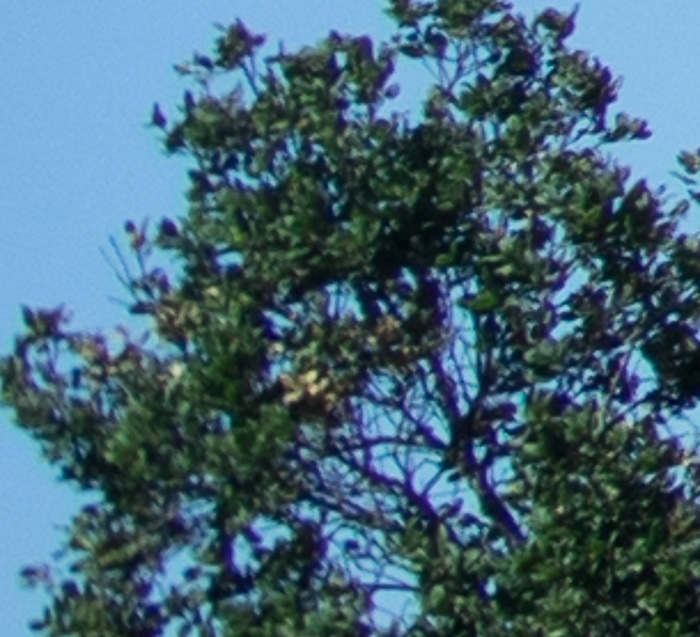
Both are coming along nicely. The Kolari is better.
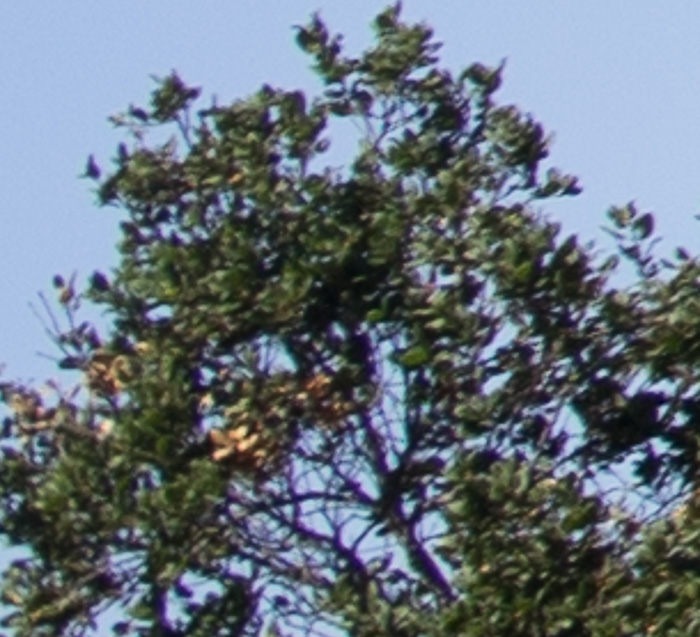
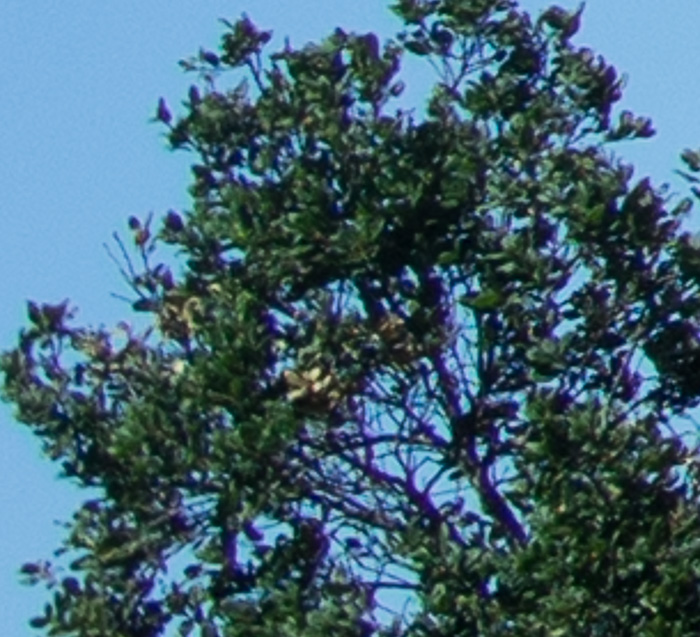
The standard stack is better. The Kolari is too, and is actually quite good here.
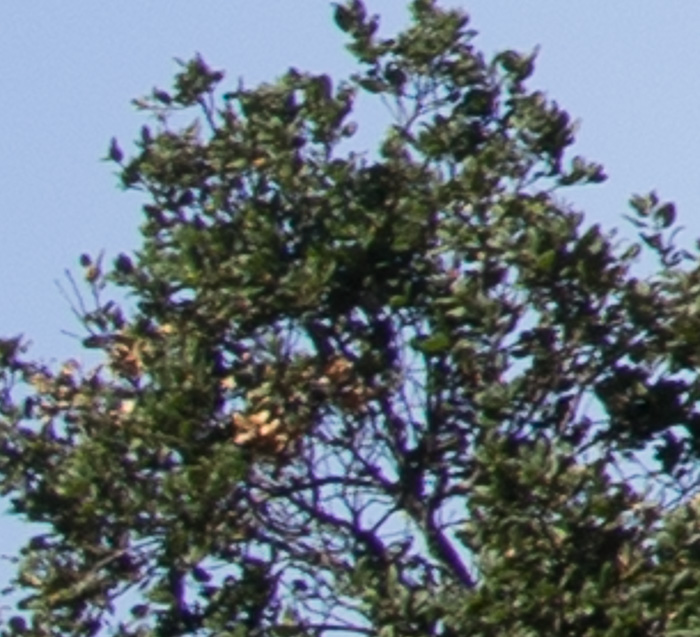
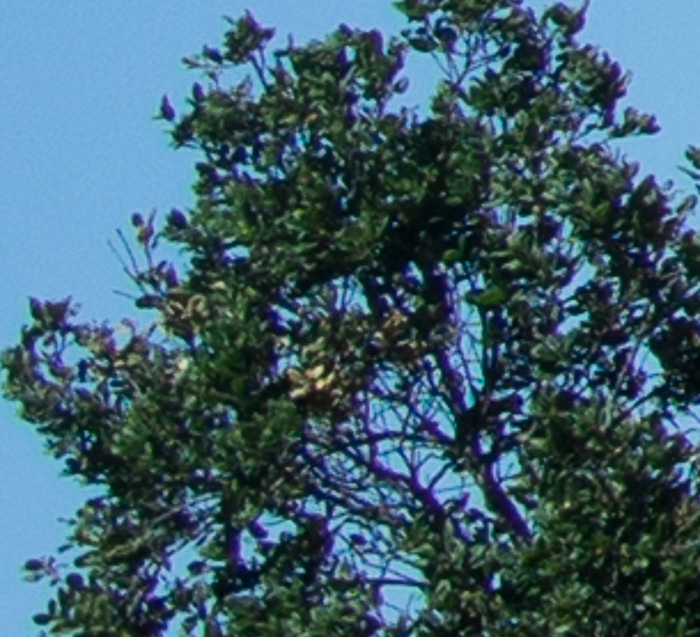
The Kolari is excellent. The Leica is very good.
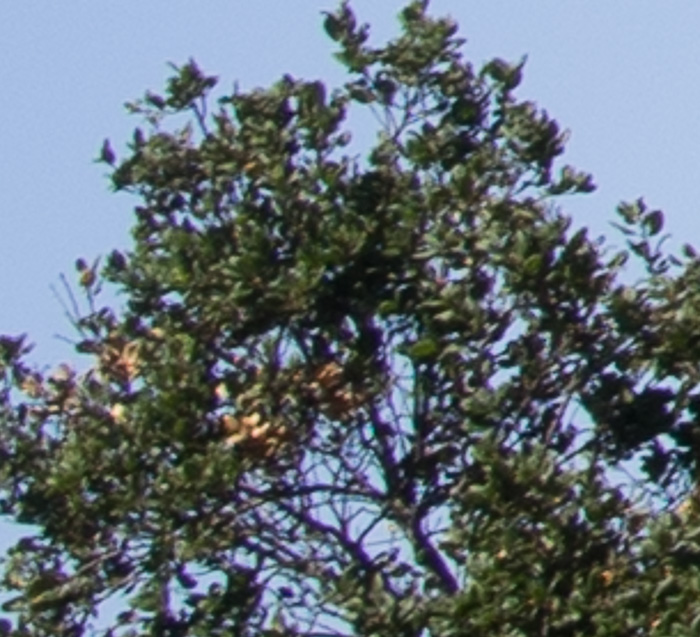
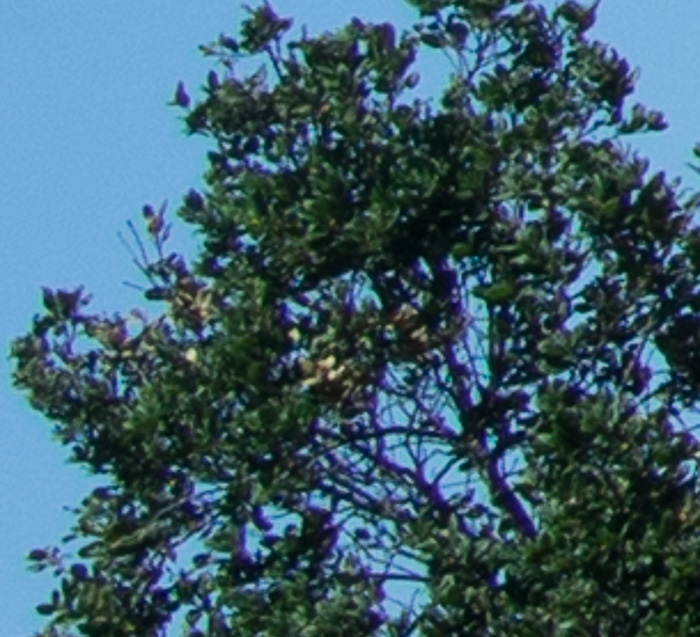
Both are very good.

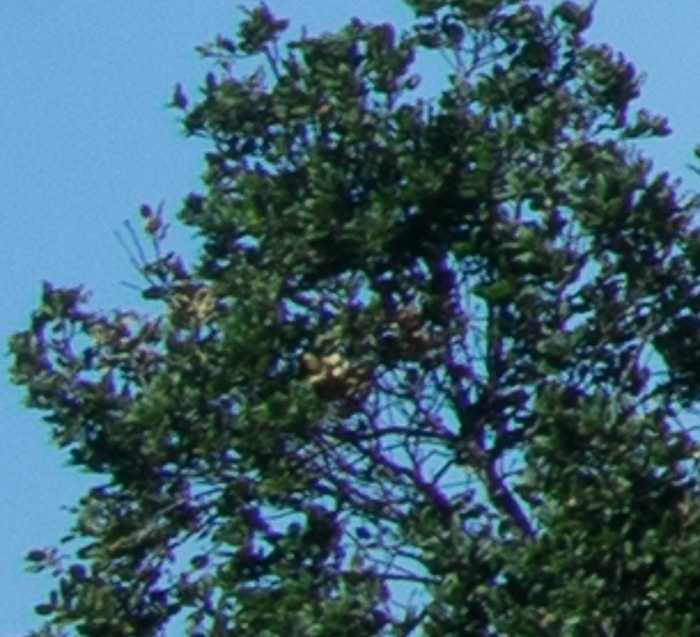
Diffraction has clearly set in. The Kolari image is somewhat sharper, probably because of the lack of an AA filter.
Leave a Reply